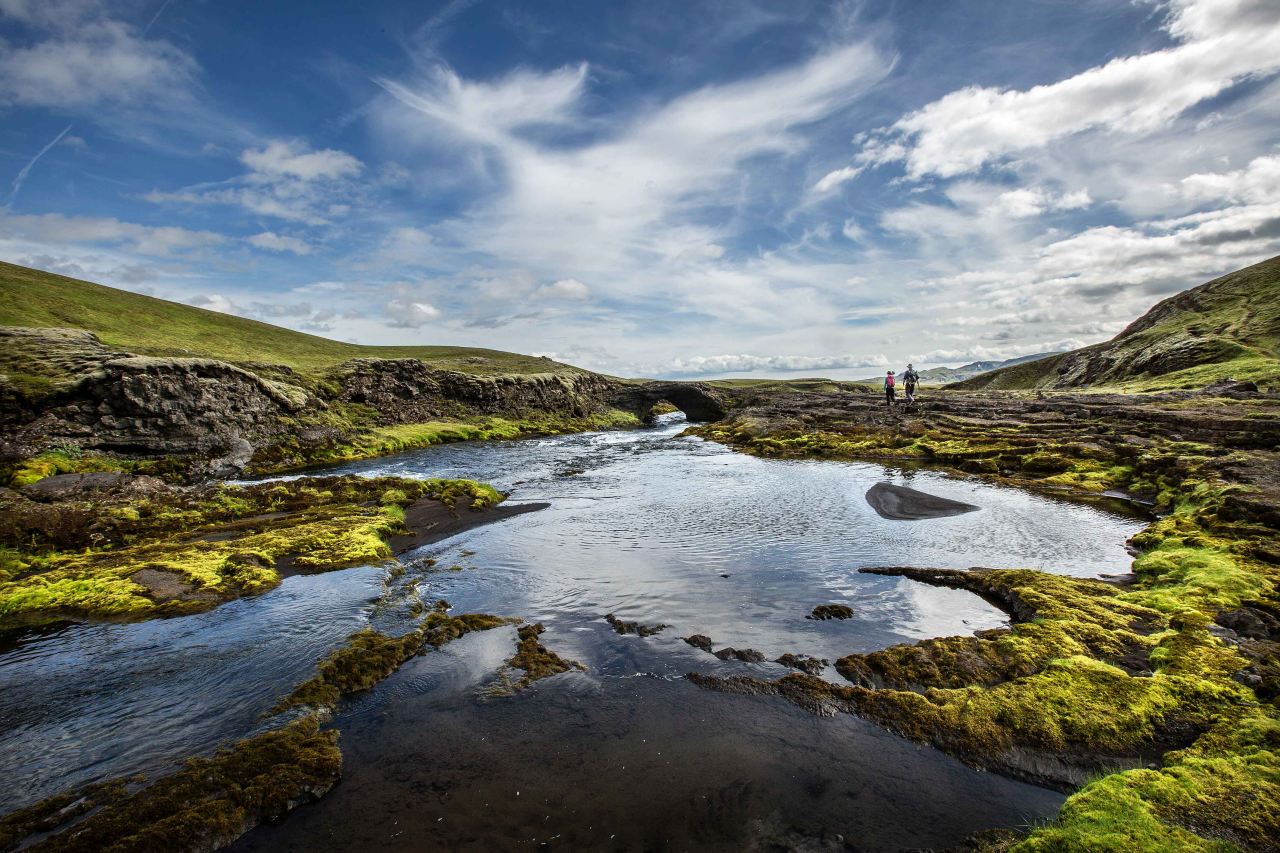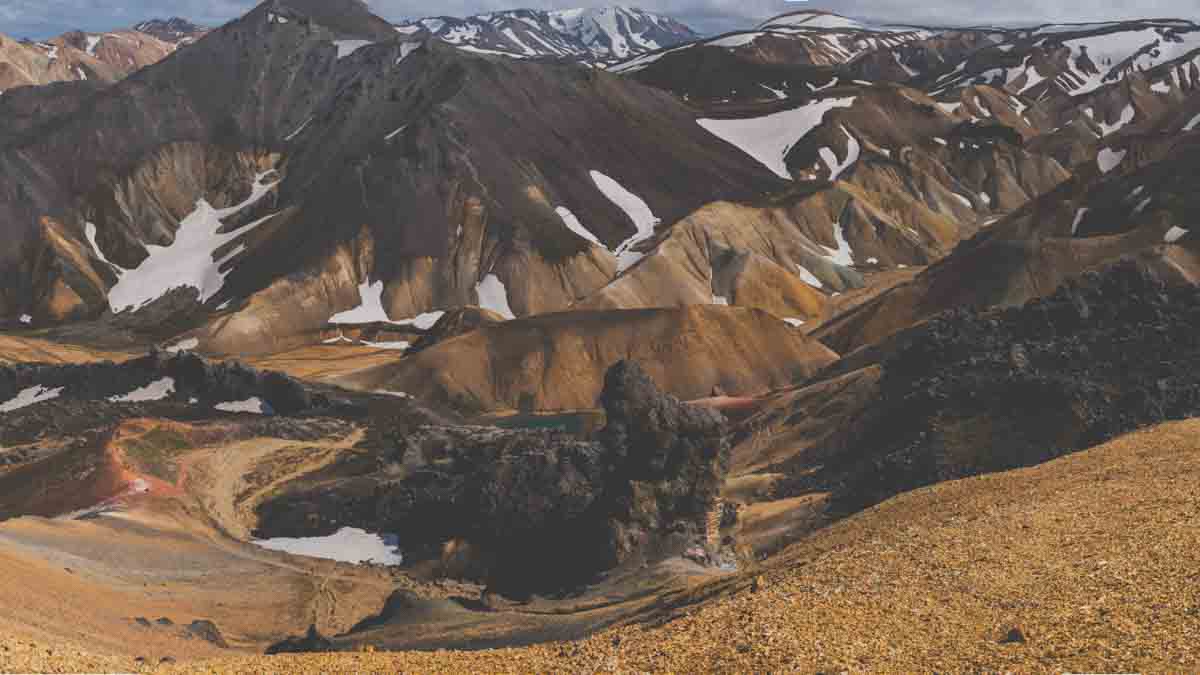The Nomadic Arctic Fox in Iceland
The Arctic Fox, Alopex lagopus (meaning “the rabbit-footed” in latin) has to take the crown as Iceland’s cutest animal ever. They have short muzzles, ears and legs, and they come in two morphs: blue and white. Their coats change colour with the seasons, changing to white for camouflage in the snow. The Arctic Fox in Iceland is the largest native, non-migratory terrestrial homeothermic animal on the island.
The Best Adapted
The Arctic Fox is as remarkable as it is cute. Everything about it, from it’s behaviours to it’s morphological adaptations are geared towards one thing: staying warm. The Arctic Fox has the best insulate property off any mammal and it is also one of the smallest living mammals to live in the arctic region. It is also the main terrestrial predator and scavenger throughout most of the Arctic.
All in the fur
With the Arctic fox in iceland, it’s all in the fur. Whether it is winter or summer, the Arctic Fox is able to keep its heat loss consistent, no matter what season through an increase in fur insulation of 200%. This gives the Arctic Fox a critical lower temperature of -40°C. The Arctic Fox is the most well-insulated of all the mammals.
An arctic fox with a body temperature of 40°C, and a lower critical temperature of -40°C, can merely by doubling its metabolism, go to -120°C, and it takes only a 37 per cent increase in heat production to sustain it in the coldest temperature recorded on earth, somewhere near -70°C.
All curled up
The Arctic Fox is famous for curling up into a little ball and sleeping, many times in the snow. This covers the least insulated parts of the body, with the head is tucked in to the tail. This leaves exposed to the snow and air only the most insulated parts of the body, minimising heat loss.
How did the Arctic Fox arrive in Iceland?
It is also the only native mammal in Iceland. If you are thinking about the Reindeer at this point, those were imported form Norway between 1771 to 1787.
This begs the question: how did the Arctic fox get to Iceland? To answer this question, researchers form the University of Durham in the United Kingdom concluded that the “little ice age” of the middle ages created sufficient contiguous sea ice for the foxes to migrate gradually over a long period of time. Now that there is no continuous sea ice, the Artic Fox in Iceland is now stuck in Iceland.
What is the current state of the population?
Although the Arctic Fox is considered “least concern” by the International Conservation Union (IUCN), when divided regionally the population is very disproportionately spread. For example, after recovering markedly for most of the latter 20th century, the Artic Fox population in Iceland reached a peak of nearly 11,000 individuals in 2007, but is now down by a third of these levels. By comparison, the population of Artic Foxes in Scandinavia and Ferroscandia is as low as 200 individuals. They are more numerous in other arctic/tundra regions such as northern Siberia and they are even found in northern Greenland.
Enjoying our Blog? Subscribe!
There’s a reason why the the Arctic Fox is the symbol of Iceland Rovers; we roam, we wonder we explore and we know how to stay warm out here in Iceland too.
How's the blog? Enjoying it? If so, Subscribe and keep up to date with the latest info, tips, tricks and travel advice from Iceland Rovers. You’ll get a monthly newsletter with a nice little roundup of the posts that we have put out.







